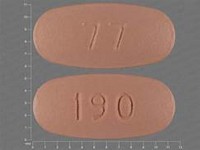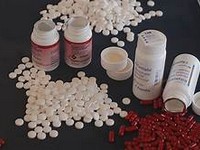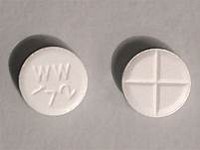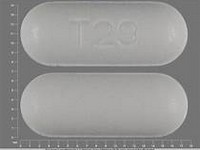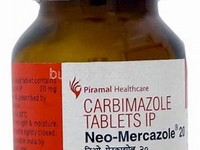Erlotinib

Erlotinib
CLINICAL USE
Antineoplastic agent:Treatment of locally advanced or metastatic non-small cell lung cancer after failure of at least 1 other regimeDOSE IN NORMAL RENAL FUNCTION
150 mg daily at least 1 hour before or 2 hours after foodOr see local protocolPHARMACOKINETICS
DOSE IN RENAL IMPAIRMENT
GFR (mL/MIN)
DOSE IN PATIENTS UNDERGOING RENAL REPLACEMENT THERAPIES
IMPORTANT DRUG INTERACTIONS
Potentially hazardous interactions with other drugsADMINISTRATION
Reconstition
–Route
OralRate of Administration
–Comments
–OTHER INFORMATION
Has not been tried in patients with a GFR<15 mL/min; therefore use with caution, but drug has limited renal excretionMajor side effects are rash and diarrhoea Can cause interstitial lung disease and abnormal liver function testsSmoking may reduce erlotinib concentration by increasing clearance.
See how to identify renal failure stages according to GFR calculation
See how to diagnose irreversible renal disease
Home

